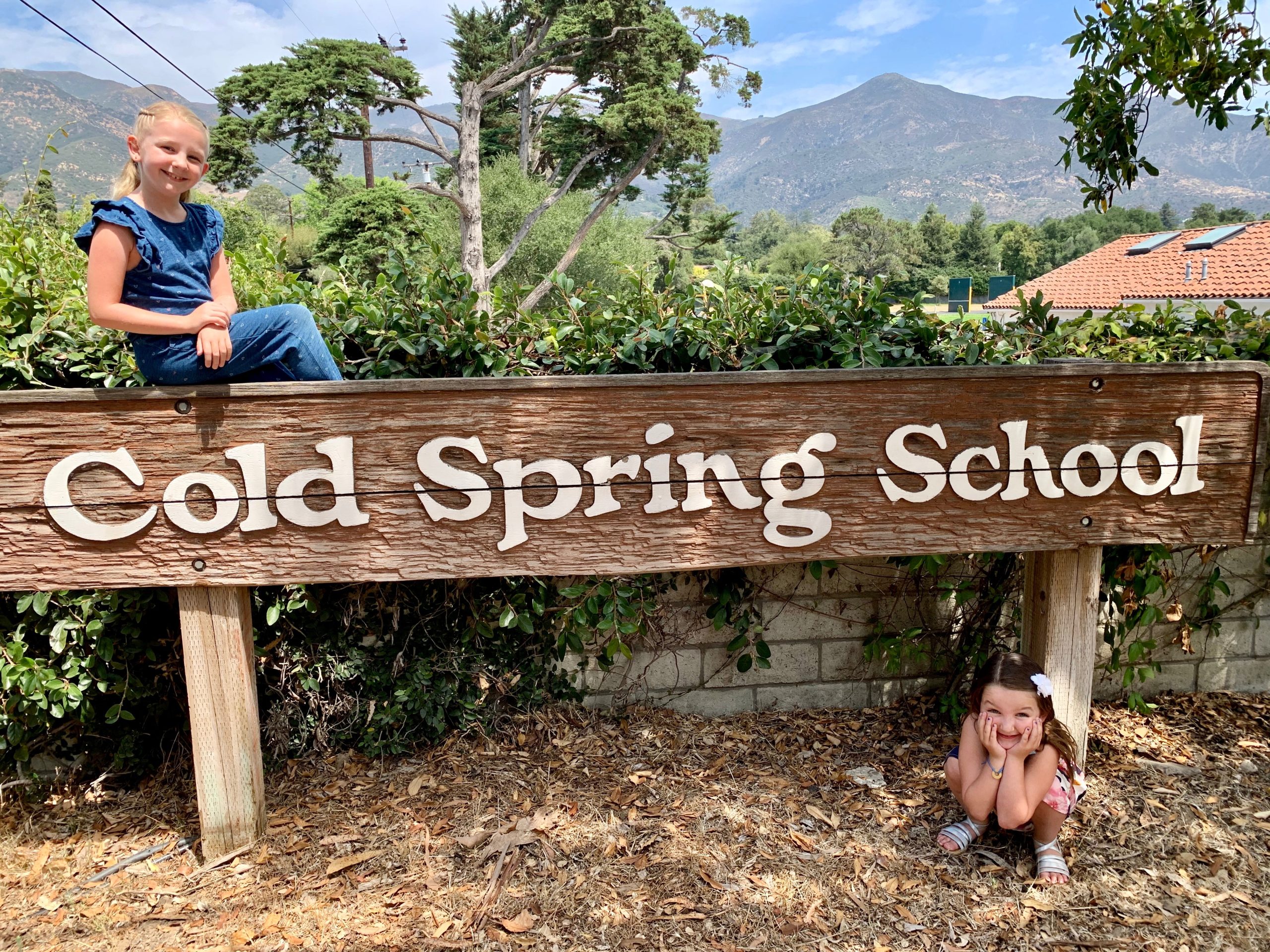Cold Spring Project Moves Forward

At a special board meeting earlier this week, the Cold Spring School Board voted 4-1 to approve moving forward with a short-term loan to help fund the school’s upcoming and long-awaited expansion project. The acquisition of the loan – and the financial position of the school in general – has been the subject of some community fodder on social media over the past few weeks and months. “It does not cost taxpayers anything for us to get this loan,” emphasized CSS Superintendent Dr. Amy Alzina. “It’s a very common practice in the education sector and it’s a way for us to bridge these funds temporarily so we can put a shovel to the ground now.”
As we reported last week, in response to increasing enrollment numbers and dwindling classroom space, the Cold Spring School Facilities Task Force has recommended to the Board to construct a new permanent building in two phases, beginning with two classrooms in Phase 1 followed by a third classroom and administration/office area in Phase 2. The new classrooms will be built near the two old portable classrooms at the entrance to the school, and the first phase will cost about $1.6M, $1M of which will be pulled from facility reserves. Phase 2 of the project will cost an additional $2M, and will include one additional classroom, plus administrative offices, becoming the entrance to campus as desired in the school’s master plan. The second phase of the project will be built where the portable classrooms are currently; it’s likely the second phase will require a bond measure. The pared down project comes after a failed $7.8M bond measure in 2020, which would have paid for a larger, more extensive master plan update.
Two parents at Monday’s Board meeting spoke in favor of the project, including Cold Spring School Foundation President Holly Kane, who said the Foundation is a partner with the school on this project, and is in full support of the expansion. “Our mission is still to continue to work in partnership with the Foundation to raise all the money needed for this project by the end of the year,” Dr. Alzina told us. “We want to pay it off as soon as possible. My goal is to get it off the books by the end of the year.” There were no community members present at the public, in-person board meeting.
Dr. Alzina says the loan is necessary in order to get construction going as soon as possible, as waiting until the additional money is raised could potentially cost the school more money as construction costs rise. The Foundation has recently raised about $150K towards the project, with a big fundraising push – including an in-person gala – planned for later this spring.
While the loan is being processed, design plans for the project are still being reviewed by the Department of School Architects. It’s expected that the plans will be completed this week, and then the project can go out to bid. Construction is expected to begin in the next two months. “The longer we wait on this, the more it costs,” Dr. Alzina reiterated. “This project will allow us not only to serve the students at this school, but we can become a learning hub for teachers to learn best practices, and become a resource to other communities and other small school districts,” she said.
For more information, visit www.coldspringschool.net.
The Montecito Journal would like to provide a clarification on The Giving List article published in the February 10-17 issue (#28/6) on the Clean Coalition. The solar array installed at Montecito Union School is not a microgrid. Microgrids are able to be used as backup power storage by storing energy in a battery bank. The MUS solar array does not store power onsite, instead, it feeds excess power back into the SCE grid during the daytime. The solar array at MUS was built and installed by Ameresco.







